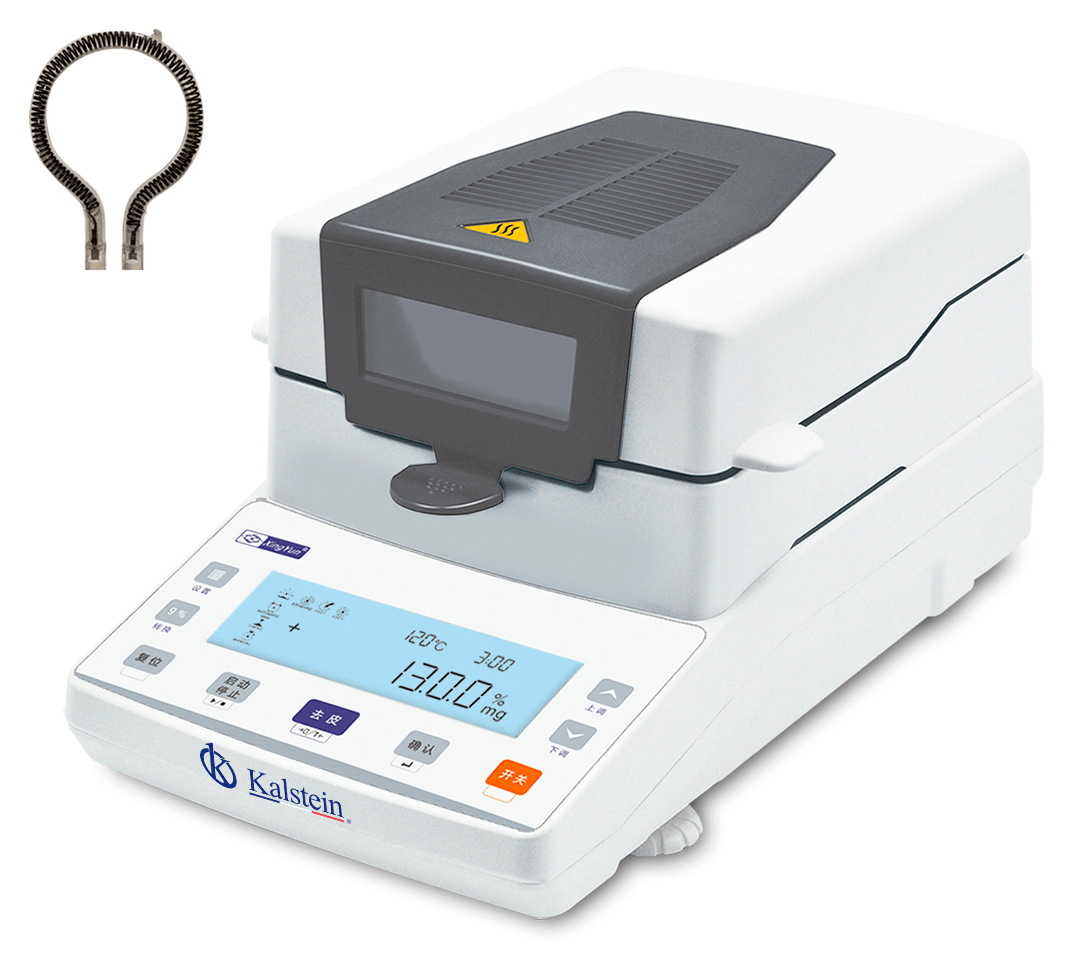A group of researchers from the National Polytechnic Institute of Mexico managed to eliminate 100% of the human papillomavirus (HPV) in 29 women from Mexico City, the institution said in a statement.
Through a photodynamic therapy, the researchers managed to eradicate HPV, which is the “pathogen that is the main cause of cervical cancer” in 29 women who carried the virus or had premalignant lesions in the cervix or had both diseases, says the release.
The human papillomavirus is a group of 150 related viruses that can be transmitted through any form of sexual contact, be it kissing or sexual intercourse. In most cases, the human body gets rid of it naturally, but certain types of high risk can develop into things like genital warts and cancer.
The treatment
The photodynamic treatment was applied in two groups of women, according to the IPN: 420 women in Oaxaca and Veracruz, where “the results were encouraging”, and 29 in Mexico City, where 100% of the elimination of the virus was observed.
“For 20 years we have been working to find new therapies that can give an opportunity to people who have premalignant lesions of cervical carcinoma,” Dr. Eva Ramón Gallegos, a scientist at the National School of Biological Sciences, said in a statement. Years studied the effect of photodynamic therapy on different types of cancer.
“We have achieved with photodynamic therapy eradicate the virus of papilloma to 100% and premalignant lesions,” added the expert.
The treatment involves applying to the cervix a drug called “aminolevulinic acid delta” that after a chemical process becomes fluorescent and accumulates in damaged cells. By identifying these affected cells, structures impregnated with the substance are removed with a laser beam, the statement said.
The treatment was divided into two parts. The first was with the women of Oaxaca and Veracruz. The treatment was applied to them three times, with an interval of 48 hours each, and the radiation was applied to each patient according to their case, the statement said.
The results of this therapy were: 85% elimination of HPV for women who had HPV with or without injuries and 42% elimination for those who only had premalignant lesions of cancer in the cervix, the statement said.
In the second stage, which was among the 29 women in Mexico City, the patients were given double the concentration of aminolevulinic delta acid and they were twice treated in 48 hours.
The results of the second stage were: elimination of 100% of HPV in patients who carried it but who did not have pre-cancerous lesions of cancer. 64.3% in women with HPV and lesions, and elimination of 57.2% in those who presented lesions without HPV, said the IPN.
“Unlike other treatments, [the current one] only removes damaged cells and does not affect healthy structures. Therefore, it has great potential to reduce the death rate from cervical cancer, “said Dr. Ramón Gallegos in the statement.
In addition to this result, the group of scientists also observed “positive effects” in the elimination of pathogenic bacterial strains in women who had the bacterium Chlamydia trachomatis, which produces chlamydia, another type of sexually transmitted disease and / or Candida albicans, which causes vaginal candidiasis. With this treatment, these pathogens were eliminated in 81% and 80%, the document adds.
Who is exposed to HPV?
Most people who have sexual contact are exposed to HPV at some time. Even if it is exposed, most women will eliminate the viral infection naturally. However, a persistent infection can lead to abnormal cells of the cervix, called cervical “pre-cancer,” because these cells can progress slowly to cancer if left untreated.
The World Health Organization recommends the vaccine for HPV for both girls and boys between 9 and 14 years old. The United States, Great Britain and Australia, and some countries of the European Union have similar guidelines, albeit with small differences, although only a few countries include children.
The vaccine must be administered before a person is exposed to the virus. Its efficacy in terms of infection prevention is well known: 100% in some studies. Visit our website HERE



